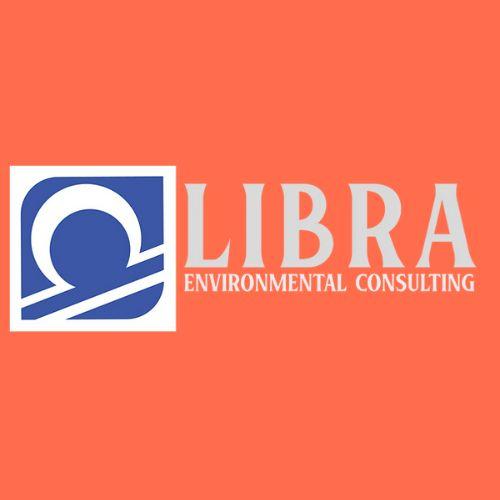Notifications
8 minutes, 2 seconds
-40 Views 0 Comments 0 Likes 0 Reviews

If ever there is a report that is in a foreign language to mess up one's mind, it would be one concerning mold. It is necessary for property owners and building managers to learn the findings of Commercial Mold Assessments to determine whether the building is healthy or not.
Such reports mention what is inside the walls, under the carpets, and behind the ceiling tile—but provided with all that information, people may very well feel overwhelmed. This book explains how to read and interpret mold reports so that you walk into remediation with clarity and confidence rather than confusion.
Most commercial mold assessments are written in a standard format: inspection summary, sampling information, laboratory reports, and conclusions. The summary addresses the reason for the inspection, usually related to odor complaints, visible mold, water damage, or tenant health issues. This first section provides a tone for the entire report.
Second, the report indicates what areas were checked and what equipment was employed (such as moisture detectors or infrared cameras). Where air or surface samples were collected, their positions were recorded. This section is critical; it informs you where the suspected mold hotbeds are and whether those hotbeds were adequately assessed.
Lab results are usually the most technical section of any commercial mold assessment. Reports will enumerate mold spore types—such as Aspergillus, Penicillium, or Stachybotrys—with spore counts per cubic meter of air or surface area.
If you're reading a mold report and struggling to make sense of spore types and counts, here's what to know:
Compare indoor levels with the outdoor reference values listed in the report. A higher indoor count, especially of potentially toxic molds, suggests a need for remediation.
A seasoned inspector will link mold development to building problems, such as substandard HVAC function, roof leakage, or plumbing system failure. Without this linkage in your report, it could be incomplete.
For instance, a report could indicate high Cladosporium spores in an office and mention moisture intrusion beneath the windowsill. It is this connection between biology and building envelope performance that transforms uninterpreted data into meaningful insight.
You would also want to search for information regarding the materials used in the building. Porous surfaces (such as drywall or ceiling tiles) usually can't be restored once infested with mold, whereas most non-porous surfaces (such as metal or plastic) will be cleanable.
When you've determined where mold is and why, the report ought to have recommendations. This section establishes the scope of remediation—what has to be cleaned, ripped out, or replaced.
Here, knowing where asbestos inspection and assessment come in becomes important. Some properties, particularly those of a commercial variety and old, may have materials such as asbestos. As a result, the property needs to be disturbed by ripping out moldy drywalls, or else, asbestos fibers to be released. So, any effective mold remediation strategy in older structures has to address asbestos inspection and assessment as well to prevent exacerbating environmental issues.
Remediation of ACMs will be specialized asbestos abatement, done by licensed contractors under regulation. Your report must explicitly state whether or not such materials were found or suspected.
Not all the time is interpreting a mold report sufficient. Whenever a report references structural problems or microbial growth beyond visual signs or some indication of concealed moisture, you could consider engaging other professionals like engineers, industrial hygienists, or mechanical contractors.
For properties with a history of leaks, flooding, or remodeling, common issues such as asbestos abatement tend to overlap. Mold and asbestos tend to occur together in buildings that are older in age, so you'll need to address both threats.
Avoid depending on remediation firms for interpretation—there can be a conflict of interest. Independent consultants assist you in making knowledgeable decisions without the stress of sales-influenced advice.
Some reports are thorough. Others are skimpy. Watch out for:
Should any of these problems occur, it is important to clarify them or seek a second opinion.
A mold inspection does not come with a comment, offering simply an elaborate blueprint for the final work. Study and apply the information correctly to continue maintaining indoor air quality in your property for tenant health and regulatory compliance. The synergistic practices of mold testing with building diagnostics day, asbestos inspections, and assessment procedures, along with the safe method of asbestos removal, can allow all parties to treat the mold remediation plan in a comprehensive and legally defensible manner.
Always keep a copy of the report with you for future purposes or insurance claims. It is a document that evolves all the time and is not a mere snapshot. And when in doubt, get in touch with professionals who care about your building's well-being, not a band-aid.
Asbestos Abatement Asbestos Inspection and Assessment Commercial Mold Assessments

